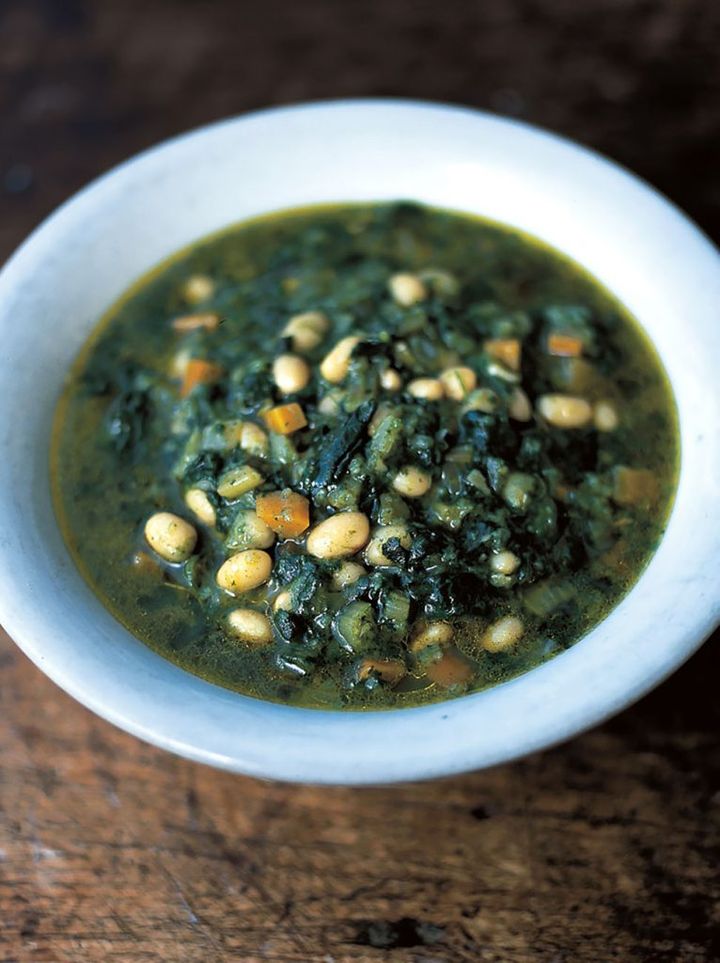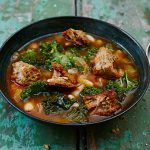The revered “traditional” Italian diet features lots of starches, oils, red meats, and wine. However, it doesn’t seem to stop many Italians living to a ripe old age.
It’s undeniable that obesity rates across Italy have been on the rise in recent years – largely due to a growing taste for fast food and a more sedentary lifestyle. Around 40% of the adult population are now overweight or obese, but this is still relatively low in comparison to the UK, America, Canada and Australia. However, having said all this, traditional Italian cuisine is still honoured, and there is a lot we can learn from it.
Ingredients
There are many great things in the Italian diet besides those that immediately spring to mind. In fact, it includes a plethora of fresh, tasty vegetables in a rainbow of colours, which provide a huge array of fantastic vitamins and minerals. Good quality olive oil is actually a great source of cholesterol-lowering monounsaturated fat; wholegrains provide vital fibre and B vitamins; and a little lean protein helps to maintain cells and keep people feeling satisfied, whether this is in the form of meat, fish, or the pulses and beans that make simple dishes such as ribollita so hearty and comforting.

Portions
Italians traditionally eat smaller portions than our comparatively huge UK ones. It’s unlikely that an Italian would regularly sit down to a huge mountain of pasta drenched in creamy, full-fat sauce – they would be much more likely to tuck into a smaller bowl and accompany – or follow – it with some delicious fresh vegetables or a salad, and perhaps a small piece of meat or fish.
This is something that Jamie has recreated at his Italian restaurants by offering smaller portions of the delicious pasta dishes so diners can choose a lighter meal. Pair them with a yummy salad or side of veggies for a meal that will leave you feeling full, but comfortable. Why not give it a go next time you visit?
Time
A traditional Italian meal should be a leisurely occasion enjoyed in the good company of family or friends.
Many of us have such busy, hectic lives that food is often an afterthought, with convenience becoming the main meal-time aim. It’s not uncommon to wolf down meals in front of the TV, or at our desks in front of computer screens.
Taking time over meals, however, allows us to properly register when we have eaten enough, so we’re much less likely to overeat – it can take around 20 minutes for the brain to process and send signals to the body to let know us know we’re full. Really slowing down and taking your time when you eat, and being mindful to savour and enjoy your food, not only makes the meal more satisfying, but also means you’re much less likely to reach for the biscuit tin later!
Overall, food in Italy tends to be simpler, home-cooked fare, rather than the processed convenience foods that so often fill our fridges. Children are encouraged to help with the preparation of meals in order to keep cooking skills and traditions alive, and pass on knowledge to the next generation.
Wherever you are in the world, take a leaf out of the Italians’ book this weekend: get the kids in the kitchen to help you prepare a delicious, simple meal, and spend some time enjoying it in the company of your favourite people.
If you’re stuck for ideas why not have a look through our collection of Italian recipes and ideas, or head out to a Jamie’s Italian near you to sample some fantastic dishes inspired by the best of Italian cooking.
Viva Italia!























